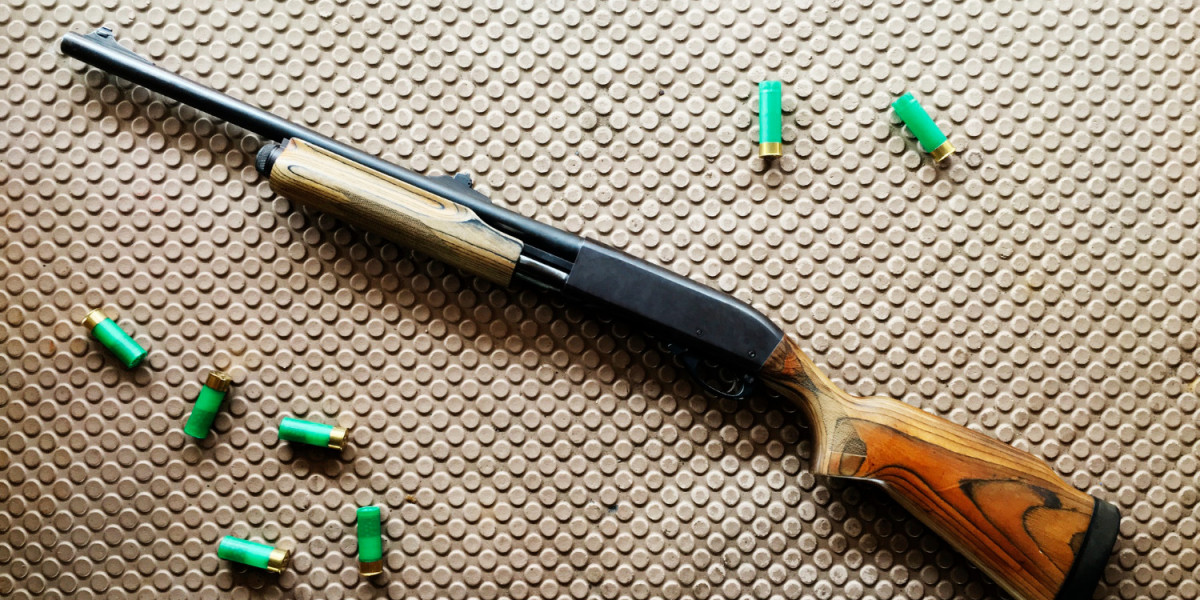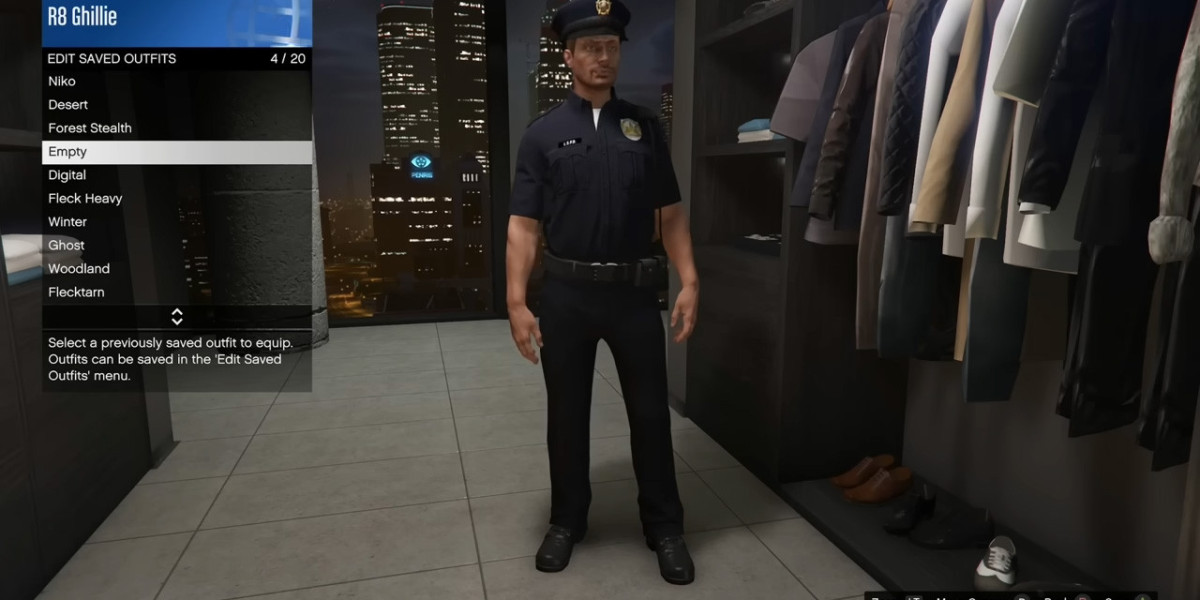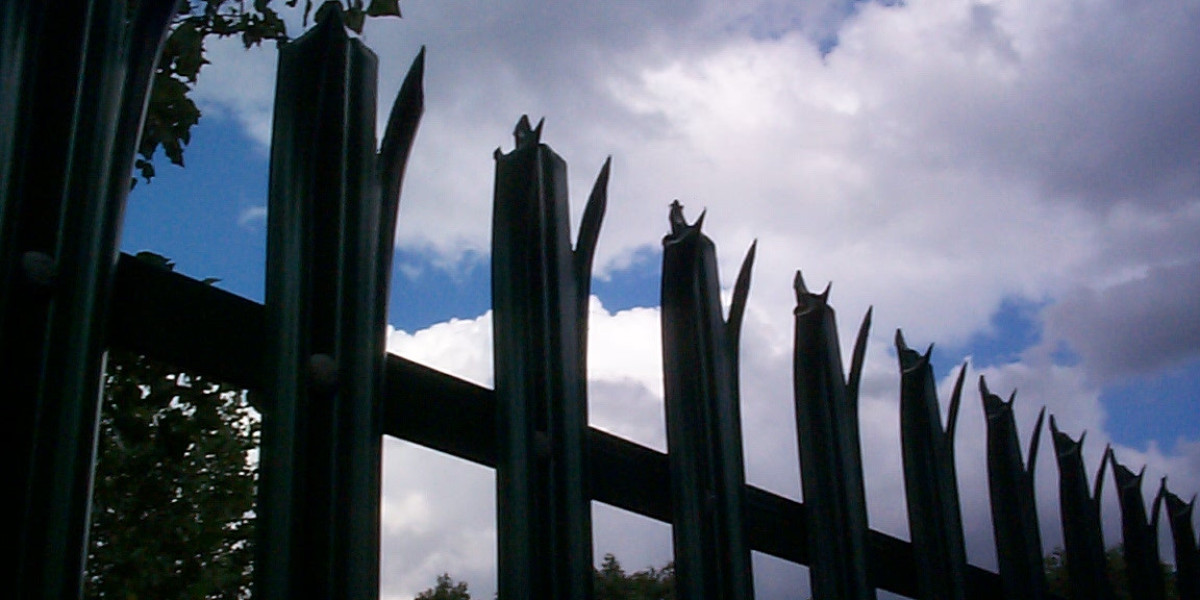Introduction
Pre-charged pneumatic (PCP) air rifles have reshaped modern shooting sports, pest control, and recreational target practice. Their combination of smooth operation, consistent power delivery, and excellent accuracy makes them a favorite among hobbyists and professionals alike. But getting the most from a PCP requires understanding both the rifle and the ammunition you feed it. In this guide you’ll learn what a PCP is, how it works, how to match pellets to purpose and rifle, and practical tips for maintenance and safe use. If you’re browsing models or buying gear, check a curated selection of PCP-powered rifles for reference and explore pellet options at 4.5mm pellet ammo.
What is a PCP air rifle?
A PCP (pre-charged pneumatic) air rifle uses compressed air stored in a reservoir to propel pellets. When the trigger is pulled, a valve releases a measured volume of high-pressure air behind the pellet, accelerating it down a rifled barrel. Unlike spring-piston or CO₂ guns, PCPs separate the power source (the air reservoir) from the firing mechanism, which reduces recoil and improves shot-to-shot consistency.
Key components:
Air reservoir (tank): Stores compressed air, often up to several hundred bar.
Regulator (optional): Maintains consistent output pressure for improved velocity stability.
Firing valve & hammer: Meters the amount of air released each shot.
Rifled barrel: Provides spin and stabilizes pellets for accuracy.
Filling adaptor: Lets you top up the tank from a hand pump, scuba bottle, or compressor.
For shopping and comparison, see the current lineup of PCP-powered rifles.
Why shooters prefer PCP rifles
Consistency and accuracy: Regulated PCPs deliver nearly identical velocities shot to shot, which helps groups tighten on target.
Low recoil: Minimal moving mass and no heavy pistons mean very little recoil, helping preserve sight picture.
Multi-shot capability: Many PCPs use magazines or multi-shot systems for quick follow-up shots without cocking between shots.
Tunable power: By changing fill pressure or swapable transfer ports and regulators, shooters can adjust output to match use — from quiet backyard plinking to powerful field work.
Limitations to consider
Higher upfront cost: PCP rifles and filling gear (hand pumps, compressors) cost more than basic springers or CO₂ guns.
Refilling logistics: You’ll need a reliable fill method — hand pump, scuba bottle, or compressor.
Regulation and law: Airgun laws vary. Always check local regulations for PCP ownership, transport, and discharge.
Pellet basics — why ammo matters
Pellets vary by shape, weight, diameter, and material. The best pellet for accuracy and terminal performance often depends on the barrel, the rifle’s power band, and the intended use (e.g., target shooting vs. pest control). Testing pellets is the single most important step to improving real-world accuracy.
Common pellet shapes and uses:
Domed (round nose): Highly versatile. Good ballistic performance and accuracy at distance. Ideal for hunting and field use.
Wadcutter: Flat-headed pellets built for paper targets. They make clean holes for easy scoring but are less aerodynamic outdoors.
Hollow point: Expand on impact for better terminal performance — popular for pest control and small-game hunting.
Pointed: Designed for penetration; these can be useful for specific hunting scenarios but don’t always stabilize as well as domes.
Slugs: Heavier, solid pellets for high-powered PCPs; can outperform traditional pellets at long range when matched to the rifle.
If you shoot .177, .22, or other calibers, explore options at 4.5mm pellet ammo to match your rifle’s bore.
Caliber: .177 (4.5 mm) vs .22 (5.5 mm) — which to choose?
.177 (4.5 mm): Flatter trajectory and higher velocity — common in competition and target shooting. .177 is excellent for precision at range and for shooters who prefer a flatter shooting pellet. See recommended options at 4.5mm pellet ammo.
.22 (5.5 mm): Heavier pellets deliver more energy on impact, making .22 popular for pest control and small-game hunting. Heavier pellets resist wind better and transfer more terminal energy.
Each rifle and shooter has idiosyncratic preferences — often testing several brands and weights in your own barrel is the only true way to find the best match.
Pellet weight, fit, and barrel matching
Pellet weight is measured in grains (gr). Lighter pellets = higher velocity but more wind drift; heavier pellets = better energy retention and momentum. Barrel-to-pellet fit (seating and skirt expansion) is crucial. A pellet that's too loose lets gas escape and reduces consistency; a pellet too snug can deform or raise pressures. Always test a handful of brands and weights; the one that groups best in your rifle is the winner.
Practical tip: buy small test tins of multiple pellet types, shoot 5–10-shot groups at your typical distance, then buy in bulk the pellet that performs best.
Material: lead vs coated vs non-lead
Most pellets are lead or lead-alloy because lead’s density and malleability give excellent ballistic performance and barrel sealing. Coated pellets (polymer- or tin-coated) reduce lead fouling and can slide better in the bore. Non-lead pellets (e.g., tin, copper) are available where lead use is restricted, but they often cost more and have different ballistic behavior.
Safe operation and legal basics
Treat every air rifle like a firearm: never point it at anything you don’t intend to shoot, know your backstop, and wear appropriate protective gear. Laws vary widely — some places restrict power levels or require licensing for PCPs. Before purchasing or transporting a PCP, check your local regulations and store documentation and permits as required.
Maintenance essentials
Barrel care: Clean gently and avoid harsh solvents that strip rifling-protecting oils. Use recommended brushes or pellet-push cleaning methods.
O-rings & seals: Inspect regularly. Replace worn seals with manufacturer parts.
Regulator maintenance: If your rifle has a regulator, follow the manufacturer’s recommended service intervals.
Filling gear: Maintain hand pumps and compressors per their manuals; ensure scuba bottles are tested and used safely.
Practical shooting tips
Zero for your common distance. If you hunt at 25 m, zero there; target shooters at 50–100 m should zero accordingly.
Use a chronograph. Knowing muzzle velocity for your chosen pellet helps calculate drop and energy.
Stabilize the rifle. Even with low recoil, rests and good shooting position improve groups.
Know shot count per fill. Track how many accurate shots you get at your fill pressure to avoid surprises in the field.
For model-specific guidance and accessories, browse PCP-powered rifles and pair them with tested pellets from 4.5mm pellet ammo.
Buying checklist
Decide purpose: Target shooting, pest control, or hunting? That guides caliber and pellet choices.
Confirm fill options: Hand pump, scuba bottle, or compressor — budget for this equipment.
Test pellets: Buy small quantities of several types, test locally, then purchase bulk.
Check local laws: Licensing or transport rules may apply.
Read reviews & ask clubs: Local shooting clubs and retailers provide real-world advice for models and pellet pairings.
Conclusion
PCP air rifles combine accuracy, consistency, and versatility, but the rifle is only as good as the pellets you use. Choosing the right pellet shape, weight, and material — and matching it to your rifle’s power band — is essential for reliable performance, ethical hunting results, and improved accuracy. Test pellets in your own rifle, maintain your equipment, and always follow safety and legal rules. For model browsing and ammo choices, start with PCP-powered rifles and check pellet selections at 4.5mm pellet ammo.
Frequently Asked Questions (FAQ)
What’s the main difference between PCP air rifles and spring-piston guns?
PCP rifles use stored compressed air and produce minimal recoil with consistent velocities. Spring-piston guns use a large piston and spring that generate more recoil and can be less consistent until fully broken in.How many shots can I get per fill?
It depends on tank size, rifle tuning, and fill pressure. Typical multi-shot PCPs deliver anywhere from 20 to 100 usable shots per fill; regulated rifles give the most consistent shot count.Are all pellets the same size?
No. Pellet sizes correspond to caliber (e.g., 4.5 mm / .177, 5.5 mm / .22). Within a caliber pellets vary in shape and weight — test multiple brands to find the best fit for your barrel. See options at 4.5mm pellet ammo.Can I use non-lead pellets?
Yes. Non-lead pellets (tin, copper) exist for areas with lead restrictions. They may behave differently balistically and often cost more.What pellet type is best for hunting?
Domed and hollow-point pellets are common choices: domed pellets for accuracy and trajectory, hollow points for expansion and terminal effect. Choose weight and caliber based on target species and local regulations.Do I need special equipment to fill a PCP?
Yes — a filling method like a hand pump, scuba bottle with adaptor, or high-pressure compressor is required. Each has trade-offs in cost, portability, and convenience.








